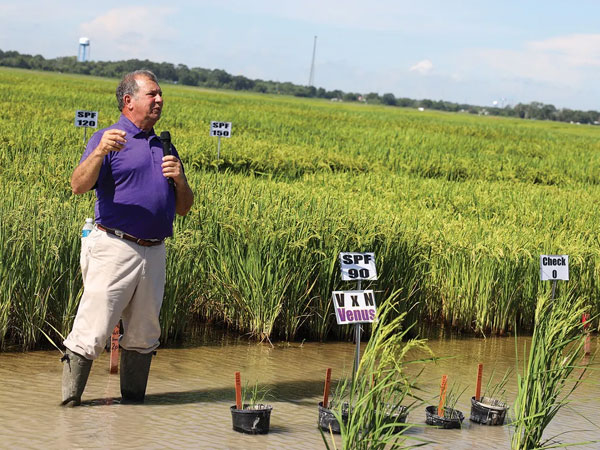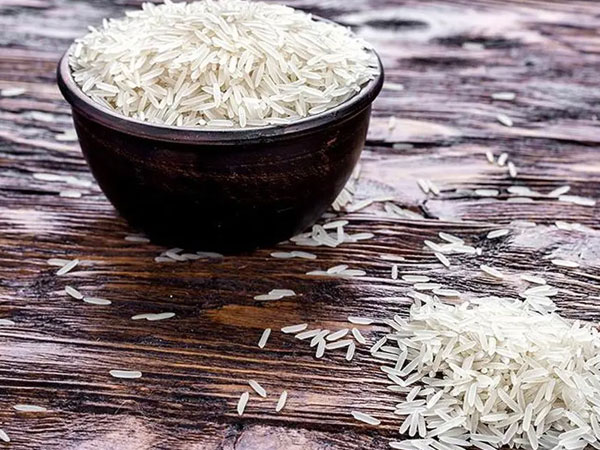 Timing is the most important element in a maximally efficient rice crop. Planting early is the key element to producing top yield, and it all begins with fall field prep.
Timing is the most important element in a maximally efficient rice crop. Planting early is the key element to producing top yield, and it all begins with fall field prep.
Ron Levy, Louisiana State University Extension rice specialist, is a firm believer in preparing a fall foundation for infallible spring rice planting.
“Getting ready in the fall is very important to be able to plant early, as your fields need to be ready when it becomes time to plant,” Levy said. “If we prepare our fields in the fall, then we have fields that will have some vegetation and preserved moisture which gives us a good minimum-till situation to plant into.”
Early prep
Waiting until spring to prep fields for planting can subject farmers to the early spring cycle of wet and dry fields, waiting on Mother Nature to give a good window for field work. By prepping in the fall, farmers can plant without having to destroy vegetation, fight wet fields or sit around waiting for dryer conditions. Overall, better rice yield is the reward.
“If we get conditions that are favorable and we have varieties that have better vigor, then typically we can plant earlier,” Levy said. “Getting planted earlier, getting good stands under cooler conditions, where plants have the ability to have better root growth early in their season to get bigger, better root systems — all those things impact the plant and the yield at the end of the season.”
In Louisiana, Levy said the best planting dates are typically Feb. 25 to March 20 for the southern region of the state and March 15 to April 15 in the northern region. But with the right conditions and prior prep, planting rigs could hit fields as early as Valentine’s Day to snag the best opportunity for max yield potential.
“The earlier we can plant, typically, we see better yields,” Levy said. “That doesn’t mean that the first planting always has the highest yield — sometimes it may be a week or 10 days later — but still, early planting is shown to be beneficial compared to the later planting.”
Late-season complications
Aside from field conditions, planting earlier also allows rice to avoid the hottest summer temperatures and other late-season complications. Warm nighttime temperatures can cause rice plants to cannibalize the carbohydrates made during daily photosynthesis to stay cool, leaving them at a disadvantage.
“We have a lot more pressure with insects and diseases later in the season,” Levy said. “You have more populations of insects and more generations that have developed to feed on the plant, and more diseases because the inoculum has increased over time as well.”
Although the earliest effective rice planting dates are not currently covered by crop insurance, Levy said rice growers across the Midsouth have come together to petition USDA to make changes for rice farmers, especially as planting dates move earlier year after year. As farmers collectively buy-in to earlier planting dates in pursuit of more efficient yield, Levy said the results speak for themselves.
“My biggest thing for producers asking how we can increase profit, is to do things on time,” Levy said. “If we plant late, if we fertilize late, if we spray herbicide late, then we’re not getting the whole economic potential.”













© Copyright 2025 The SSResource Media.
All rights reserved.